Have you ever wondered how dentists can perform procedures without causing pain? The answer lies in something called local anesthesia. This is a special medication that temporarily numbs a specific part of your body, ensuring a pain-free experience.
Let’s dive into what local anesthesia is, how it works, and what you can expect during your next dental visit.
What is Local Anesthesia?
Local anesthesia is a type of medication that prevents pain in a particular area while allowing you to stay awake and alert. Unlike general anesthesia, which makes you unconscious, local anesthesia only affects a small, targeted area. Dentists use it to make sure you don’t feel pain while they work on your teeth and gums.
There are two main types of local anesthesia used in dentistry:
- Topical anesthesia – Applied directly to the surface of the oral mucosa to numb the area before injection.

- Injectable anesthesia – Administered through an injection to block nerve signals and numb a deeper area.
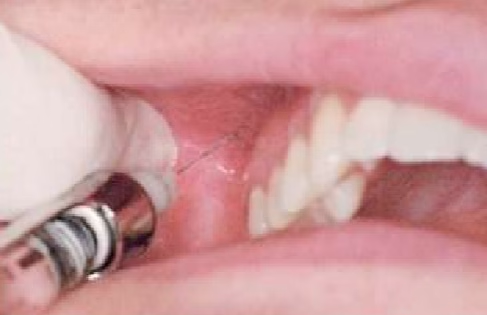
How Does Local Anesthesia Work?
Local anesthetics are sodium channel blockers which work by preventing nerve signals in the area where they are applied. Nerves send messages to the brain, including pain signals. When a local anesthetic is injected, it temporarily stops these nerves from sending pain signals to your brain, making the area numb.
Most dental anesthetics contain a medication called lidocaine, although others like articaine, prilocaine, mepivacaine, and bupivacaine may also be used. Some local anesthetics also contain a small amount of epinephrine (adrenaline), which helps the anesthetic last longer and reduce bleeding by narrowing the blood vessels in the area.
Local anesthetics are classified into two categories:
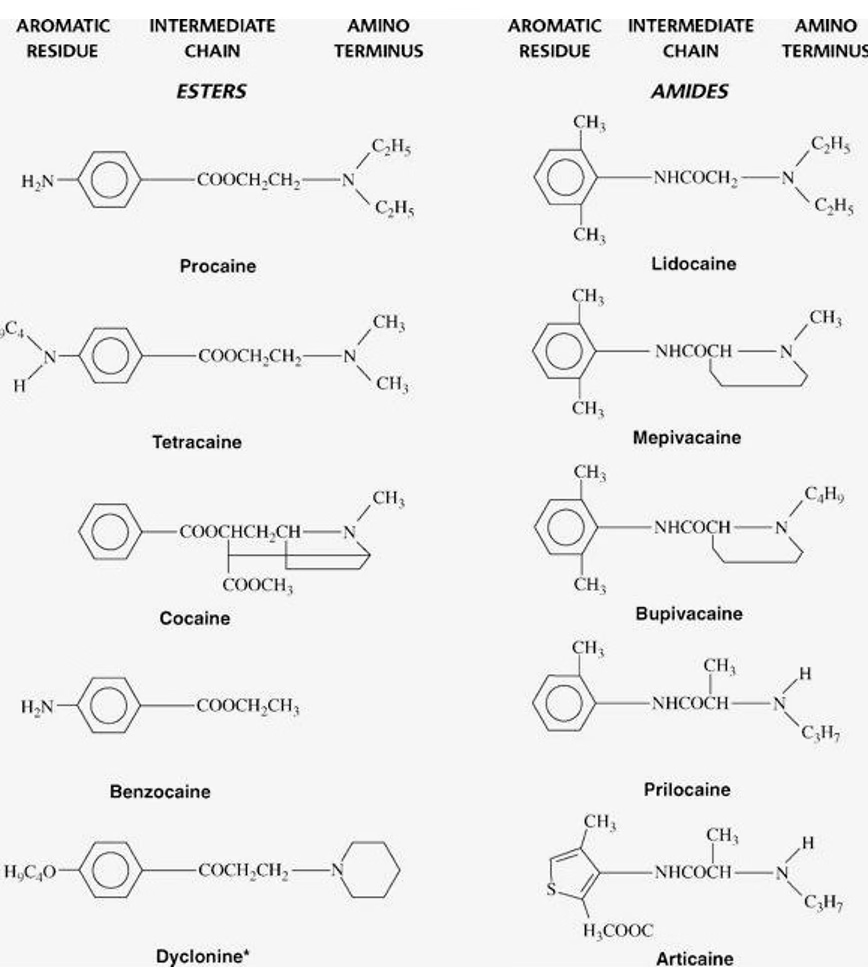
- Amide anesthetics – These include lidocaine, articaine, prilocaine, mepivacaine, and bupivacaine. They are commonly used because they are metabolized in the liver, making them longer-lasting.
- Ester anesthetics – These include procaine and benzocaine. They are metabolized in the blood and have a higher risk of causing allergic reactions.
Techniques for Local Anesthesia Administration
Dentists use different techniques to deliver local anesthesia, depending on the procedure and location:
1. Infiltration Anesthesia
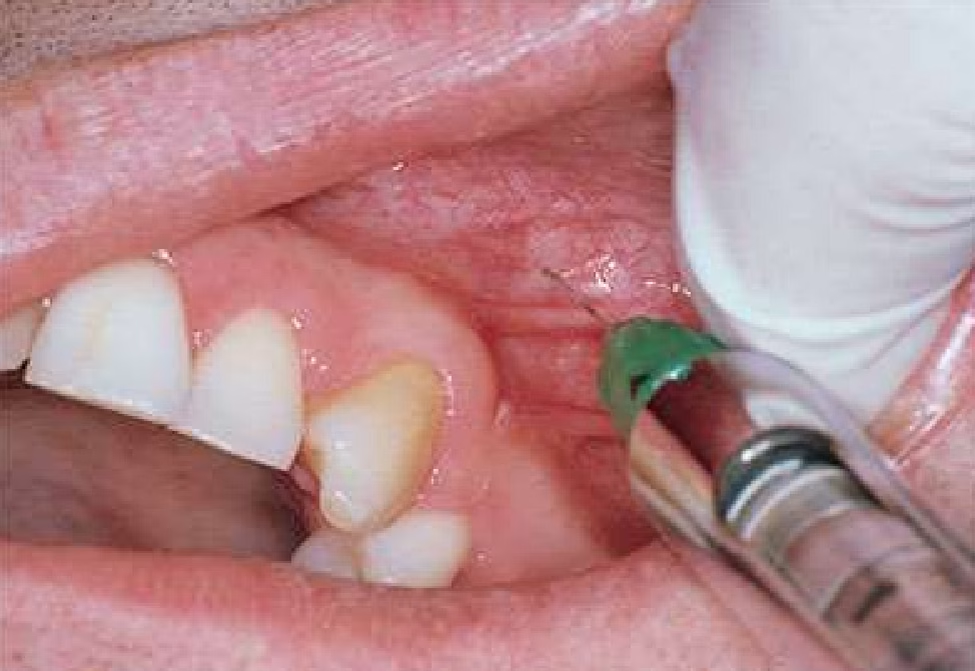
The anesthetic is injected near the targeted tooth, commonly used for upper teeth and soft tissues. The anesthetic will then be absorbed through the bone and numb the area directly near the tooth.
2. Nerve Block Anesthesia
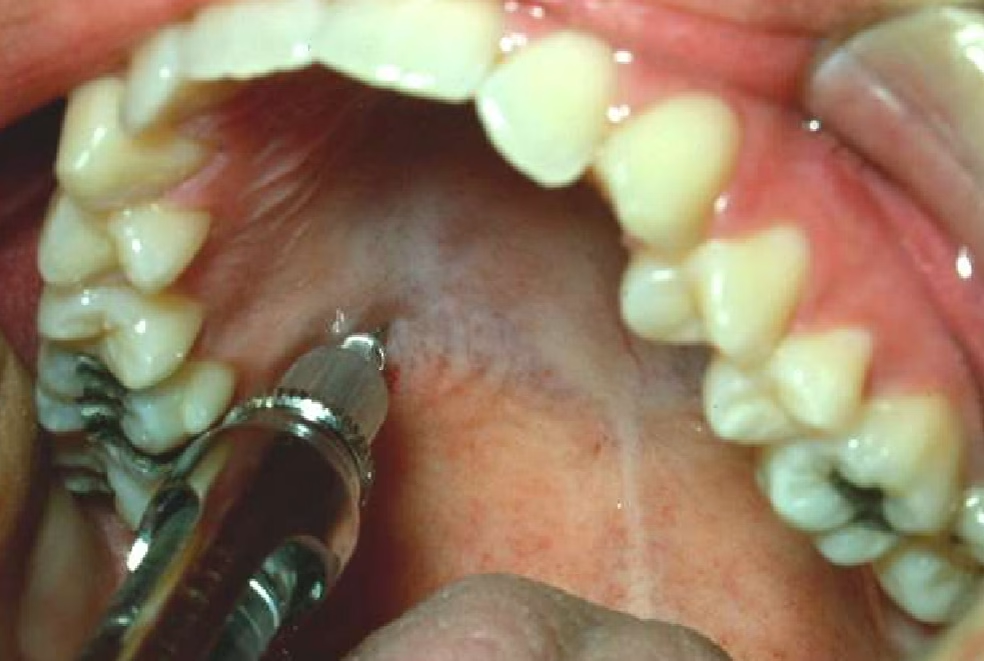
The anesthetic uses a longer needle to inject near a major nerve to numb a larger area. This technique is used when teeth or harder to numb or extensive work is being done on the teeth. Examples include:
- Inferior Alveolar Nerve Block (IANB) – Used for lower molars.
- Posterior Superior Alveolar Nerve Block (PSA) – Used for upper molars.
- Mental Nerve Block – Used for the front lower teeth and chin.
3. Periodontal Ligament (PDL) Injection
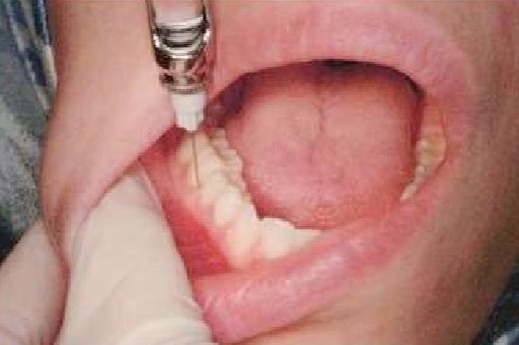
The anesthetic is injected into the ligament around a tooth for localized numbing when other methods of numbing have not worked.
4. Intrapulpal Injection
The anesthetic is injected into the pulp chamber around a tooth for localized numbing when other methods of numbing have not worked.
5. Intraosseous Injection
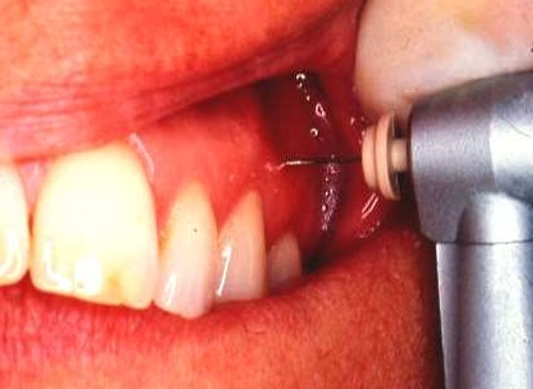
Directly deposits anesthetic into the bone for profound but short-acting anesthesia.
Automatic Anesthesia Systems
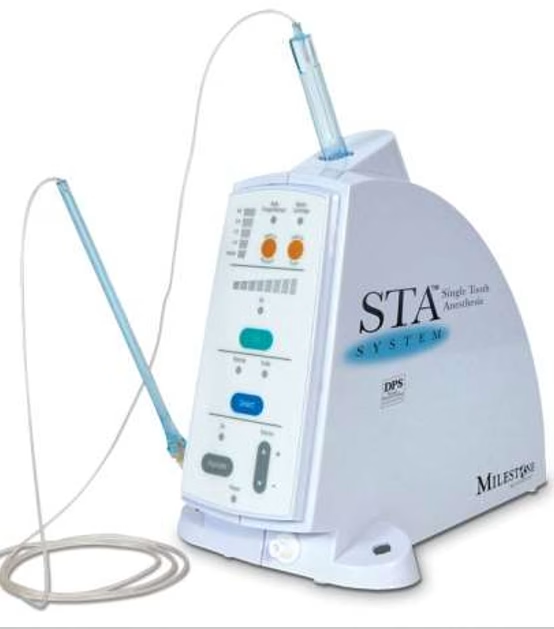
Technology has advanced in dentistry, making the administration of local anesthesia more comfortable and precise. Some modern automatic anesthesia systems include:
- The Wand® STA (Single Tooth Anesthesia) – A computer-assisted system that delivers anesthesia slowly and precisely, reducing discomfort and ensuring better pain control.
- Comfort Control Syringe® – A device that allows for a controlled and gradual injection, minimizing the pain associated with traditional syringe injections.
- Quicksleeper® – A system that administers intraosseous anesthesia directly into the bone, providing immediate and profound numbness with minimal discomfort.
- CompuDent® – A computerized delivery system that enhances accuracy and patient comfort during injections.
These systems make dental anesthesia more efficient and comfortable for patients who may be anxious about injections.
What to Expect When Receiving Local Anesthesia
If you’ve never had local anesthesia before, you might be wondering what the process is like. Here’s what you can expect:
- Preparation: Your dentist will dry the area and may apply a numbing gel before the injection to reduce discomfort.
- Injection: Using a fine needle, your dentist will inject the anesthetic near the area being treated. You may feel a slight pinch or sting for a few seconds.
- Numbness Sets In: It takes a few minutes for the anesthesia to take effect. You’ll start to feel tingling and then complete numbness in the area.
- Procedure Begins: Once your dentist confirms the area is numb, they will begin the procedure.
- Wearing Off: The numbness usually lasts between 1 to 4 hours, depending on the type of anesthetic used.
Side Effects and Aftercare
Local anesthesia is very safe, but there are some mild side effects you might experience, including:
- Tingling or slight swelling in the affected area.
- Difficulty speaking or chewing until the numbness wears off.
- Rarely, mild dizziness or increased heart rate if epinephrine was used.
- In rare cases, paresthesia, a prolonged numbness or tingling due to nerve injury, which usually resolves over time.
To take care of yourself after receiving local anesthesia:
- Avoid biting your lips, cheeks, or tongue while still numb.
- Skip hot drinks and food until the numbness wears off to prevent burns.
- Monitor for rare allergic reactions, such as swelling or itching, and inform your dentist if you have concerns.
Contraindications and Precautions
While local anesthesia is safe for most people, some individuals require special precautions:
- Patients with allergies to anesthetic ingredients should inform their dentist.
- People with heart conditions or high blood pressure may need anesthetics without epinephrine.
- Patients with liver disease or metabolic conditions should discuss alternative options with their dentist.
Conclusion
Local anesthesia has revolutionized dentistry, allowing patients to receive treatment with minimal discomfort. Dentists use various techniques and anesthetics tailored to your needs. If you have any concerns or are nervous about getting an injection, don’t hesitate to talk to your dentist. They can explain the process and make sure you’re comfortable every step of the way.
Next time you visit your dentist, you’ll have a better understanding of how local anesthesia works and why it’s such an essential part of modern dental care!
Disclaimer
The contents of this website, such as text, graphics, images, and other material are for informational purposes only and are not intended to be substituted for professional medical advice, diagnosis, or treatment. Nothing on this website constitutes the practice of medicine, law or any other regulated profession.
No two mouths are the same, and each oral situation is unique. As such, it isn’t possible to give comprehensive advice or diagnose oral conditions based on articles alone. The best way to ensure you’re getting the best dental care possible is to visit a dentist in person for an examination and consultation.
SAVE TIME AND MONEY AT ANY DENTIST
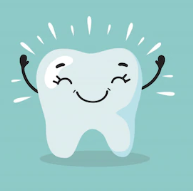
Less dental work is healthier for you. Learn what you can do to minimize the cost of dental procedures and avoid the dentist altogether!

